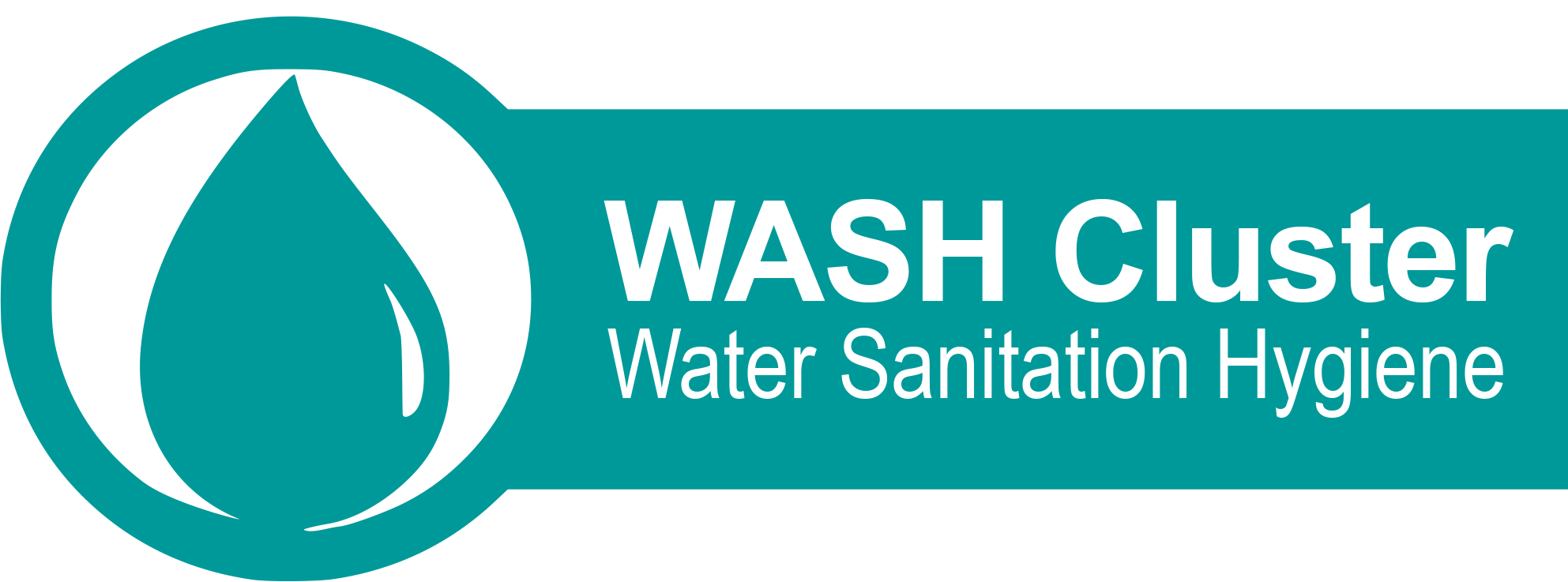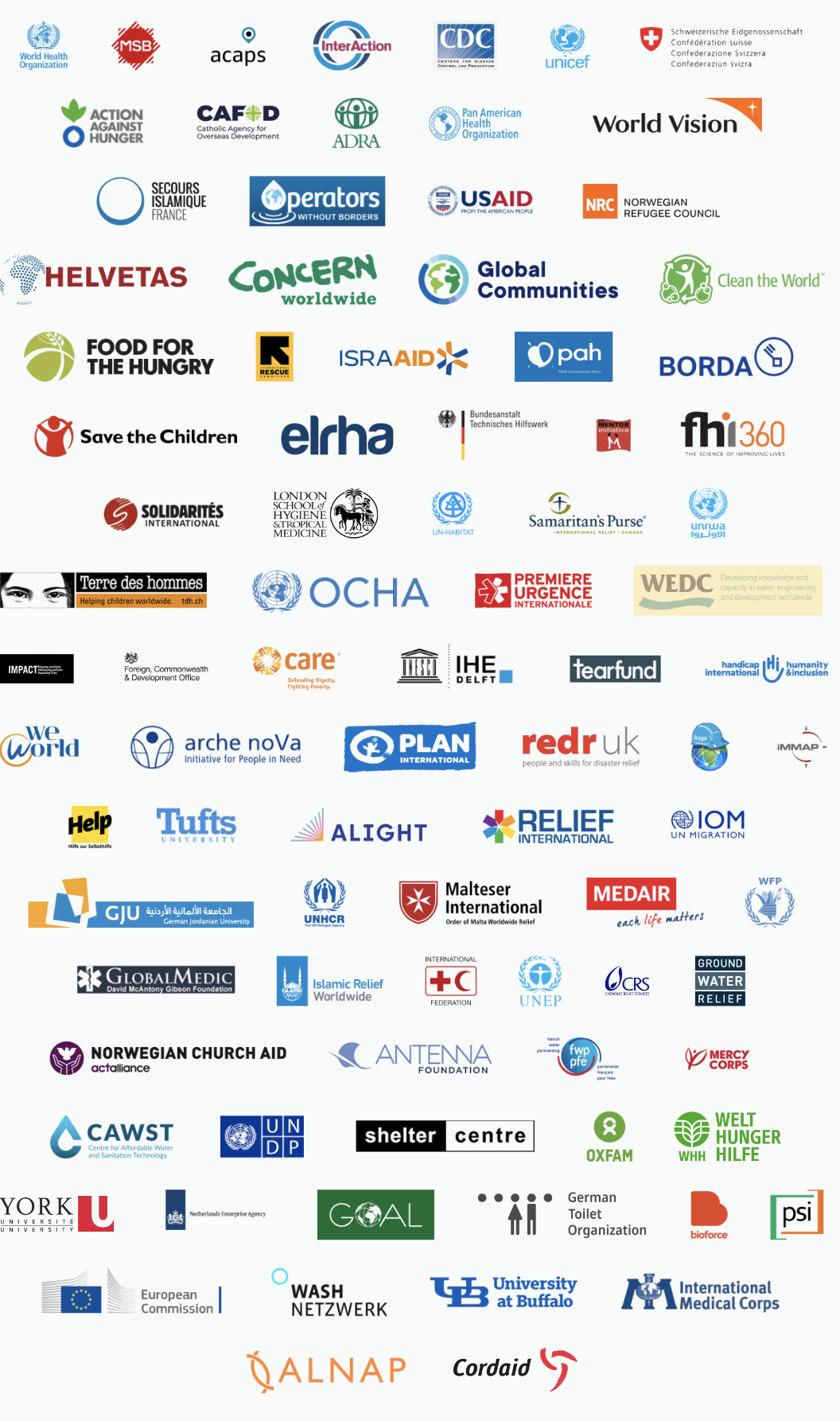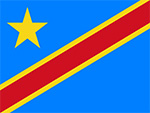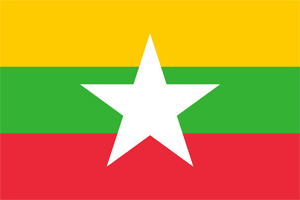Joined-up Action and Collective Outcomes to Accelerate SDG 6
Global WASH Cluster
(
United Nations / Multilateral body
)
#SDGAction49779
Description
Leaving no one behind, ending needs by reducing risks and vulnerabilities, achieve sustainable development and peace are a shared commitment of the United Nations and the Inter-Agency Standing Committee. This requires ‘joined-up’ action for collective outcomes by the humanitarian, development, and peace actors, and effective leadership and coordination plays a central role. The Global WASH Cluster, leading the largest humanitarian WASH multi-stakeholder platform, commits to deliver on collective outcomes for the Water Decade Action Plan within and beyond the WASH sector. The business-as-usual approach is not delivering the results needed and requires a “new way of working” that fosters partnership and increases collaboration across humanitarian, development and peace actors. Humanitarian assistance, development cooperation and peacebuilding are not siloed processes and should be layered and coordinated, at the same time, to reduce needs, risks and vulnerabilities. Collaboration that leads to collective outcomes, optimizes the principles of partnership and harnesses the comparative advantage of a diverse range of actors.
This can be achieved through joint context and risk analysis, complementary planning and programming, and a recalibration of financing modalities. System-wide change Collective outcomes are the most effective framework for closer collaboration across humanitarian, development and peace actors, in accordance with respective mandates. These set a concrete and measurable result that promote synergy and complementarity and is an approach that calls for aligned and well-coordinated action by all actors. Effective leadership and coordination play a central role in attaining collective outcomes.
The UN coordination architecture that guides humanitarian action and development cooperation is the entry point for strengthening existing country-level processes and lays the foundation for system-wide change. Incorporating pathways that link the strategic direction of national priorities and plans, such as the Humanitarian Needs Overview (HNO) and Humanitarian Response Plans (HRPs) to the Common Country Analysis (CCA) and the United Nations Sustainable Development Cooperation Framework (UNSDCF) is vital. Multi-stakeholder platforms, such as the Global WASH Cluster (GWC), are best positioned to drive a consistent and coherent approach for the articulation and agreement of collective outcomes across for the WASH sector. Coordination is a catalyse for ensuring that CCA and UNSDCF processes to define collective outcomes are rooted in analysis of HNOs and are complementary to HRPs. These efforts will address missed opportunities for alignment and promote the added value of “joined up” action, optimizing existing frameworks and increasing accountability of the coordination mechanism in place. Through a renewed commitment to effective and accountable coordination, the GWC, are a leading voice to advocate for and drive thought leadership on collective outcomes to influence policy change within and beyond the WASH sector.
Strengthening collective action and advocating for, within and beyond the WASH sector to consistently provide timely, predictable, and high-quality water and sanitation outcomes by providing thought leadership and spearheading the coordination will be at the heart of these following actions:
1) Promoting joint analysis or sharing of analyses to obtain a shared understanding of need, risk and vulnerability and the optimization of relevant data and information to understand gaps and make evidence-based decisions to accelerate progress towards SDG6.
2) Incorporating pathways that link the strategic direction of national priorities across humanitarian and development planning processes, including HNOs and HRPs to the CCA and the UNSDCF; and calling for the recalibration of financing mechanisms to support humanitarian and development priorities as defined by collective outcomes. This will catalyze efficiencies between humanitarian and development actors in WASH and improve progress on SDGs subsequently.
3) Advocating for innovative partnerships and coordination of an integrated humanitarian-development-peace nexus approach through “joined up” action and collective outcomes.
4) Contributing to creating a professional and motivated workforce with expertise in coordination that drives innovative and transformative WASH outcomes across humanitarian action, development cooperation and peacebuilding will ensure a more coherent capacity to accelerate progress SDG6.
88 members and 2 standing observers
SDGS & Targets
Goal 6
Ensure availability and sustainable management of water and sanitation for all
6.1
By 2030, achieve universal and equitable access to safe and affordable drinking water for all
6.1.1
Proportion of population using safely managed drinking water services
6.2
By 2030, achieve access to adequate and equitable sanitation and hygiene for all and end open defecation, paying special attention to the needs of women and girls and those in vulnerable situations
6.2.1
Proportion of population using (a) safely managed sanitation services and (b) a hand-washing facility with soap and water
6.3
By 2030, improve water quality by reducing pollution, eliminating dumping and minimizing release of hazardous chemicals and materials, halving the proportion of untreated wastewater and substantially increasing recycling and safe reuse globally
6.3.1
Proportion of domestic and industrial wastewater flows safely treated
6.3.2
Proportion of bodies of water with good ambient water quality
6.4
6.4.1
Change in water-use efficiency over time
6.4.2
Level of water stress: freshwater withdrawal as a proportion of available freshwater resources
6.5
By 2030, implement integrated water resources management at all levels, including through transboundary cooperation as appropriate
6.5.1
Degree of integrated water resources management
6.5.2
Proportion of transboundary basin area with an operational arrangement for water cooperation
6.6
6.6.1
Change in the extent of water-related ecosystems over time
6.a
6.a.1
Amount of water- and sanitation-related official development assistance that is part of a government-coordinated spending plan
6.b
Support and strengthen the participation of local communities in improving water and sanitation management
6.b.1
Proportion of local administrative units with established and operational policies and procedures for participation of local communities in water and sanitation management
Goal 17
Strengthen the means of implementation and revitalize the Global Partnership for Sustainable Development
17.1
Strengthen domestic resource mobilization, including through international support to developing countries, to improve domestic capacity for tax and other revenue collection
17.1.1
17.1.2
17.2
Developed countries to implement fully their official development assistance commitments, including the commitment by many developed countries to achieve the target of 0.7 per cent of ODA/GNI to developing countries and 0.15 to 0.20 per cent of ODA/GNI to least developed countries; ODA providers are encouraged to consider setting a target to provide at least 0.20 per cent of ODA/GNI to least developed countries
17.2.1
17.3
Mobilize additional financial resources for developing countries from multiple sources
17.3.1
Additional financial resources mobilized for developing countries from multiple sources
17.3.2
17.4
Assist developing countries in attaining long-term debt sustainability through coordinated policies aimed at fostering debt financing, debt relief and debt restructuring, as appropriate, and address the external debt of highly indebted poor countries to reduce debt distress
17.4.1
17.5
Adopt and implement investment promotion regimes for least developed countries
17.5.1
Number of countries that adopt and implement investment promotion regimes for developing countries, including the least developed countries
17.6
Enhance North-South, South-South and triangular regional and international cooperation on and access to science, technology and innovation and enhance knowledge sharing on mutually agreed terms, including through improved coordination among existing mechanisms, in particular at the United Nations level, and through a global technology facilitation mechanism
17.6.1
Fixed broadband subscriptions per 100 inhabitants, by speed
17.7
Promote the development, transfer, dissemination and diffusion of environmentally sound technologies to developing countries on favourable terms, including on concessional and preferential terms, as mutually agreed
17.7.1
Total amount of funding for developing countries to promote the development, transfer, dissemination and diffusion of environmentally sound technologies
17.8
Fully operationalize the technology bank and science, technology and innovation capacity-building mechanism for least developed countries by 2017 and enhance the use of enabling technology, in particular information and communications technology
17.8.1
17.9
Enhance international support for implementing effective and targeted capacity-building in developing countries to support national plans to implement all the Sustainable Development Goals, including through North-South, South-South and triangular cooperation
17.9.1
Dollar value of financial and technical assistance (including through North-South, South‑South and triangular cooperation) committed to developing countries
17.10
Promote a universal, rules-based, open, non-discriminatory and equitable multilateral trading system under the World Trade Organization, including through the conclusion of negotiations under its Doha Development Agenda
17.10.1
17.11
Significantly increase the exports of developing countries, in particular with a view to doubling the least developed countries’ share of global exports by 2020
17.11.1
Developing countries’ and least developed countries’ share of global exports
17.12
Realize timely implementation of duty-free and quota-free market access on a lasting basis for all least developed countries, consistent with World Trade Organization decisions, including by ensuring that preferential rules of origin applicable to imports from least developed countries are transparent and simple, and contribute to facilitating market access
17.12.1
Weighted average tariffs faced by developing countries, least developed countries and small island developing States
17.13
Enhance global macroeconomic stability, including through policy coordination and policy coherence
17.13.1
17.14
Enhance policy coherence for sustainable development
17.14.1
17.15
Respect each country’s policy space and leadership to establish and implement policies for poverty eradication and sustainable development
17.15.1
17.16
Enhance the Global Partnership for Sustainable Development, complemented by multi-stakeholder partnerships that mobilize and share knowledge, expertise, technology and financial resources, to support the achievement of the Sustainable Development Goals in all countries, in particular developing countries
17.16.1
Number of countries reporting progress in multi-stakeholder development effectiveness monitoring frameworks that support the achievement of the Sustainable Development Goals
17.17
Encourage and promote effective public, public-private and civil society partnerships, building on the experience and resourcing strategies of partnerships
17.17.1
Amount in United States dollars committed to public-private partnerships for infrastructure
17.18
By 2020, enhance capacity-building support to developing countries, including for least developed countries and small island developing States, to increase significantly the availability of high-quality, timely and reliable data disaggregated by income, gender, age, race, ethnicity, migratory status, disability, geographic location and other characteristics relevant in national contexts
17.18.1
Statistical capacity indicators
17.18.2
17.18.3
Number of countries with a national statistical plan that is fully funded and under implementation, by source of funding
17.19
By 2030, build on existing initiatives to develop measurements of progress on sustainable development that complement gross domestic product, and support statistical capacity-building in developing countries
17.19.1
17.19.2
Proportion of countries that (a) have conducted at least one population and housing census in the last 10 years; and (b) have achieved 100 per cent birth registration and 80 per cent death registration
SDG 14 targets covered
| Name | Description |
|---|
Deliverables & Timeline
Ways of working established to stimulate humanitarian-development-peace collaboration through existing multi-stakeholder platforms for WASH at global and national levels.
Approaches for engaging public and private sectors showcased to strengthen quality
Joint operational frameworks developed, disseminated and monitored to expand guidance on thematic collaboration
Partnerships established to stimulate and operationalize humanitarian-development-peace collaboration through existing multi-stakeholder platforms
Resources mobilized
Partnership Progress



Feedback
Action Network

Timeline
Entity
Region
- Africa
- Asia and Pacific
- Latin America and the Caribbean
- West Asia
- Global
Other beneficiaries
The GWC commits to supporting over 30 countries for over 100 million people annually in humanitarian contexts by 2028.
2022 numbers
171.6 M - People in need 103.5 M - People targeted 43.2M - People Reached
Photos


More information
Countries
























Contact Information
Aliocha Salagnac, Advocacy and Knowledge Management Specialist

